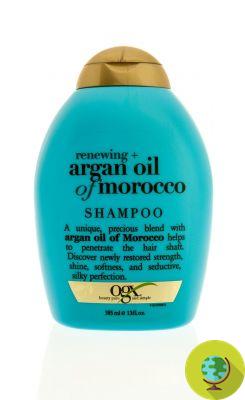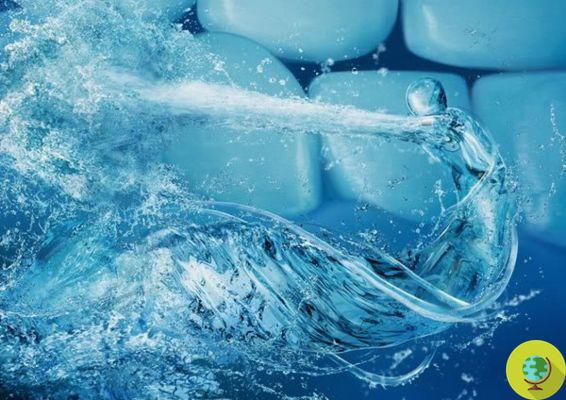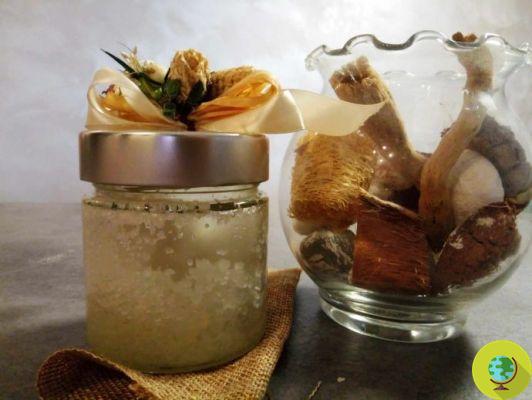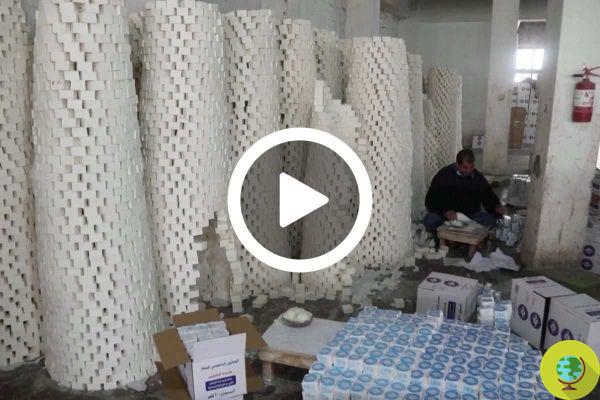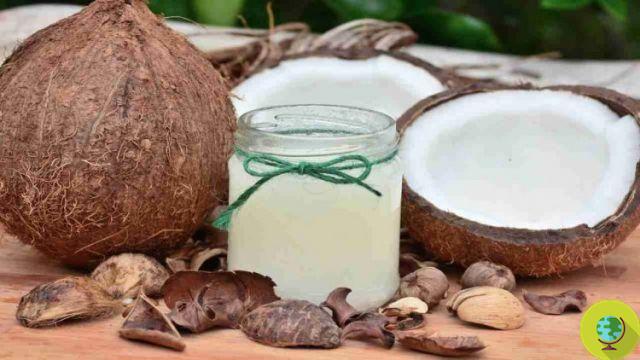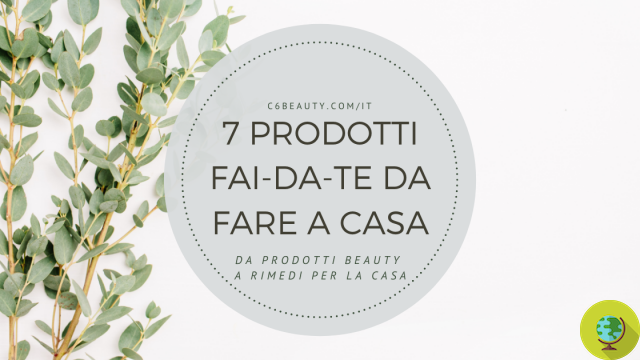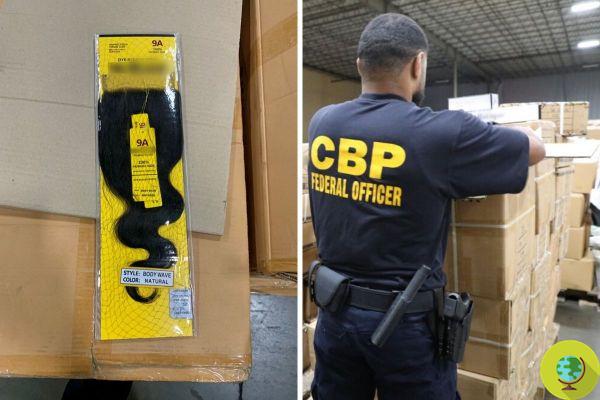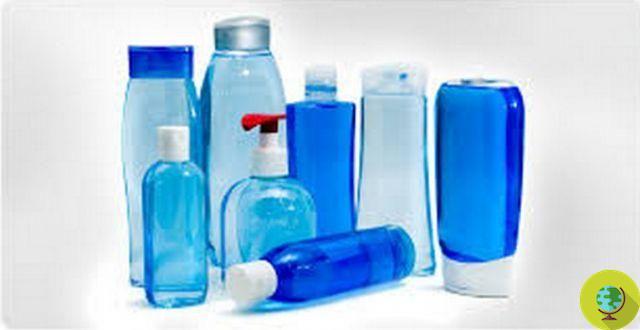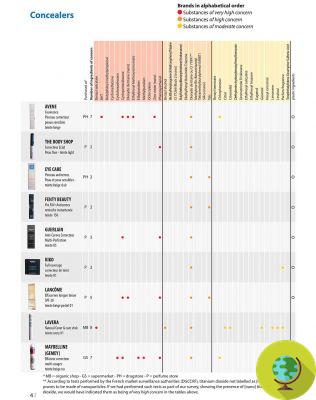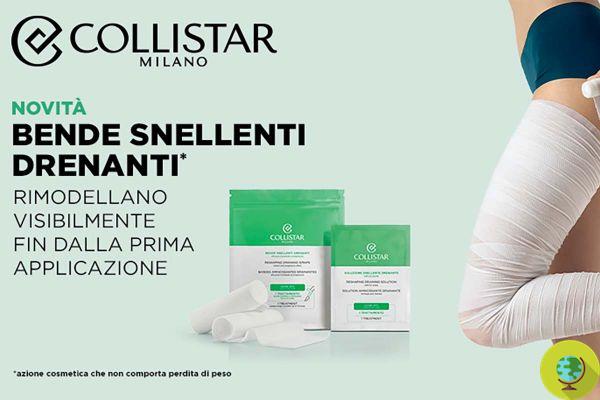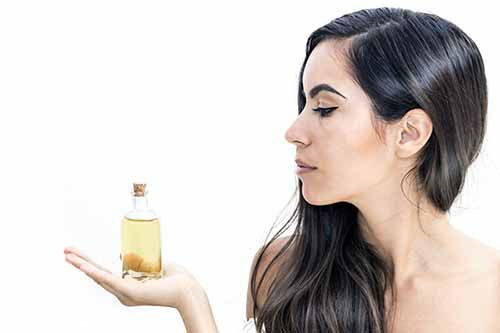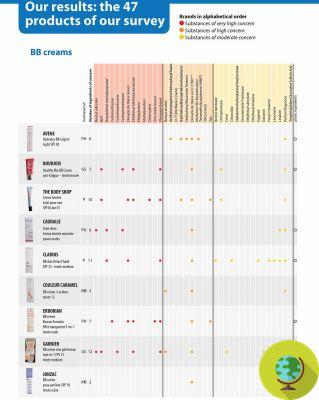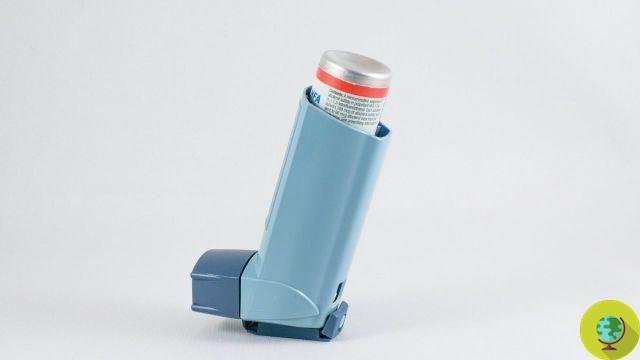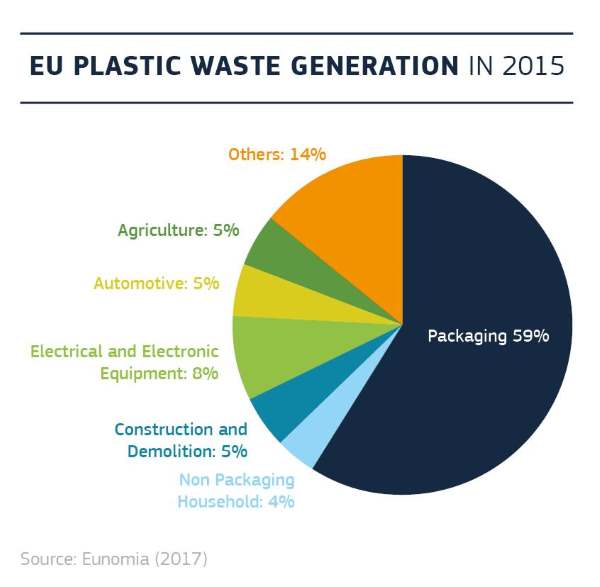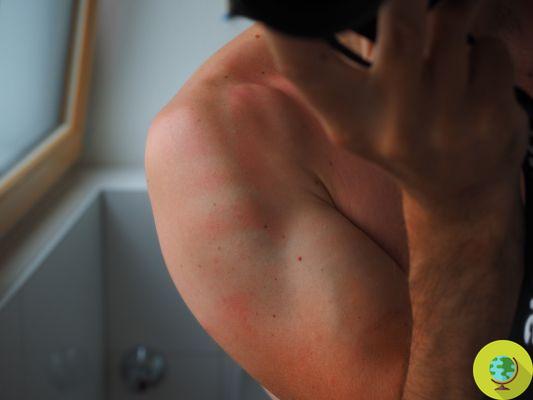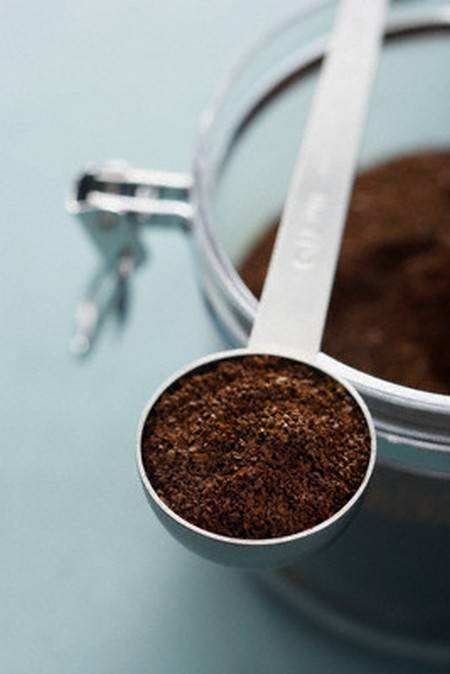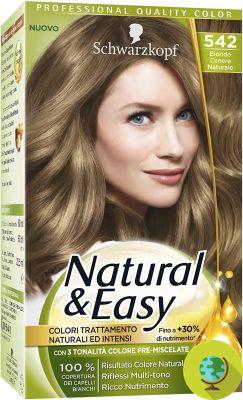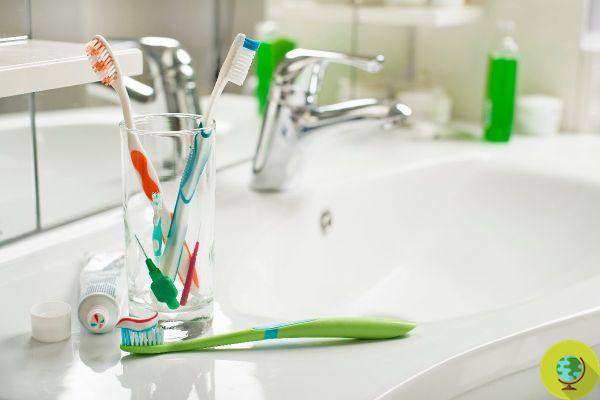
Receptor of germs and bacteria, toothbrushes are among the personal care accessories most subject to contamination
Don't store avocado like this: it's dangerousReceptor of germs and bacteria, toothbrushes are among the personal care accessories most subject to contamination
- toothbrush are among the most used personal care accessories, and are among those that are contaminated by germs and bacteria with each use. The result? An accumulation of microorganisms which, in the worst case, can also cause complications and diseases.
Have you ever thought about how dirty your toothbrush can be, and how many times a year should you replace it with a new one? Here is everything you need to know for dental health and optimal oral hygiene.
Index
There are around 10 million bacteria on every single toothbrush
Uno study recently conducted by the University of Manchester has shown that toothbrushes can accumulate more than 10 million bacteria, a figure even higher than the bacteria found on a toilet seat or on the floor of a public bathroom.
This data is supported by another study conducted in 2011, according to which some mutant versions of strep, including Staphylococcus aureus, Pseudomonas, lactobacillus, Klebsiella Candida, and Escherichia Coli, were found in toothbrushes stored in the bathroom. These are the same bacteria that cause tooth decay, pneumonia, fungal and skin infections, stomach cramps, diarrhea, and more.
The more you use your toothbrush, the dirtier it will be
Contamination of the toothbrush begins with the first use and then worsens over time. For this it is essential to replace it frequently or simply change the head. A study conducted in 2007 reveals that the 70% of toothbrushes from teeth becomes highly contaminated with pathogenic microorganisms after use.
The place where the toothbrush is kept can increase or decrease the amount of bacteria
The survival of the bacteria depends on the the way the toothbrush is held. Some studies show that using a cartridge or case for the head can increase the chances of survival of the bacteria. In these heads, in fact, the bacteria find the optimal conditions to survive and multiply since a humid environment perfect for the proliferation of these microorganisms.
But that's not all, since placing the toothbrush in humid environments or near the toilet can encourage the formation of bacteria and mold. In fact, experts recommend keeping a distance of at least one meter and 50 between the toilet and the toothbrush. Also, remember to close the toilet seat when flushing the toilet to avoid splashing.
The design of the toothbrush affects the amount of accumulated bacteria
Il toothbrush design and the arrangement of the bristles are factors to consider as most bacteria have the ability to stick to the bristles.
Uno study of 2008 found that some bacteria easily get between the bristles of the toothbrush if they are too close to each other. The same study also found that microorganisms create colonies inside toothbrushes very quickly.
So when buying a new toothbrush it is important to choose one with soft bristles to avoid future complications.
How to avoid contamination
Here are some simple tips to avoid contamination and proliferation of bacteria.
Do some mouthwash rinses before brushing your teeth
This simple action helps reduce the number of bacteria that can be transferred from the mouth to the toothbrush due to the alcohol concentrate present in the mouthwash, enough to kill some types of germs and bacteria. Some experts reveal that using mouthwash after brushing your teeth can harm personal hygiene, as the toothpaste's fluoride is rinsed and washed away.
Dip your toothbrush in mouthwash after brushing
This process thoroughly cleans the bristles and kills most germs and bacteria. One study found that tap water is not effective enough to clean the toothbrush, on the contrary it can lead to high levels of contamination and biofilm; for this reason it is advisable to rinse it with mouthwash immediately after use.
Keep your toothbrush in an area away from the toilet
If the toilet is particularly close to the sink, there is a greater chance of bacteria being released into the air once the toilet is flushed, and they can reach the toothbrush.
Make sure you are using your toothbrush
Since most of the bacteria that accumulate on your toothbrush come from your own mouth, make sure you don't use someone else's. Another good habit, if you live with other people, is to keep your toothbrushes separate to prevent them from touching.
Change your toothbrush every 3 months
A toothbrush with frayed and damaged bristles is not suitable for removing plaque and food remnants, and this can have negative consequences on your oral hygiene. One recent study found that the amount of bacteria on the toothbrush remains more or less the same for the first 12 weeks, while after 12 weeks it grows, which is why it is good to change your toothbrush every three months or so.
There are more sustainable and green alternatives such as Baptism, recyclable and recycled toothbrush, designed to avoid external contamination and protect the health of your teeth. It is a toothbrush consisting of a handle and removable heads every 3 months, to generate less waste and protect the environment compared to the traditional toothbrush.
Follow us on Telegram | Instagram | Facebook | TikTok | Youtube
Could it be interesting for you:
- Nettalingua: from Ayurveda a useful tool for oral hygiene and the well-being of the whole body
- Mouthwashes: Lidl among the safest brands, Parodontax and Oral B among the worst according to the German test
- Do you know what's in your toothpaste? The substances to avoid and the worst brands in the German test
- Electric toothbrushes: Oral-B and Philips Sonicare the best, according to the new Consumer Report analysis
- IKO: the toothbrush that slips on like a glove and can be used without water and toothpaste (VIDEO)
- The ecological and compostable toothbrush
- Ideas to recycle your old toothbrush or choose an already recycled one!




